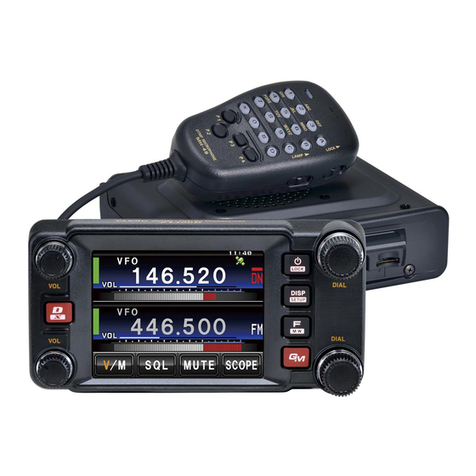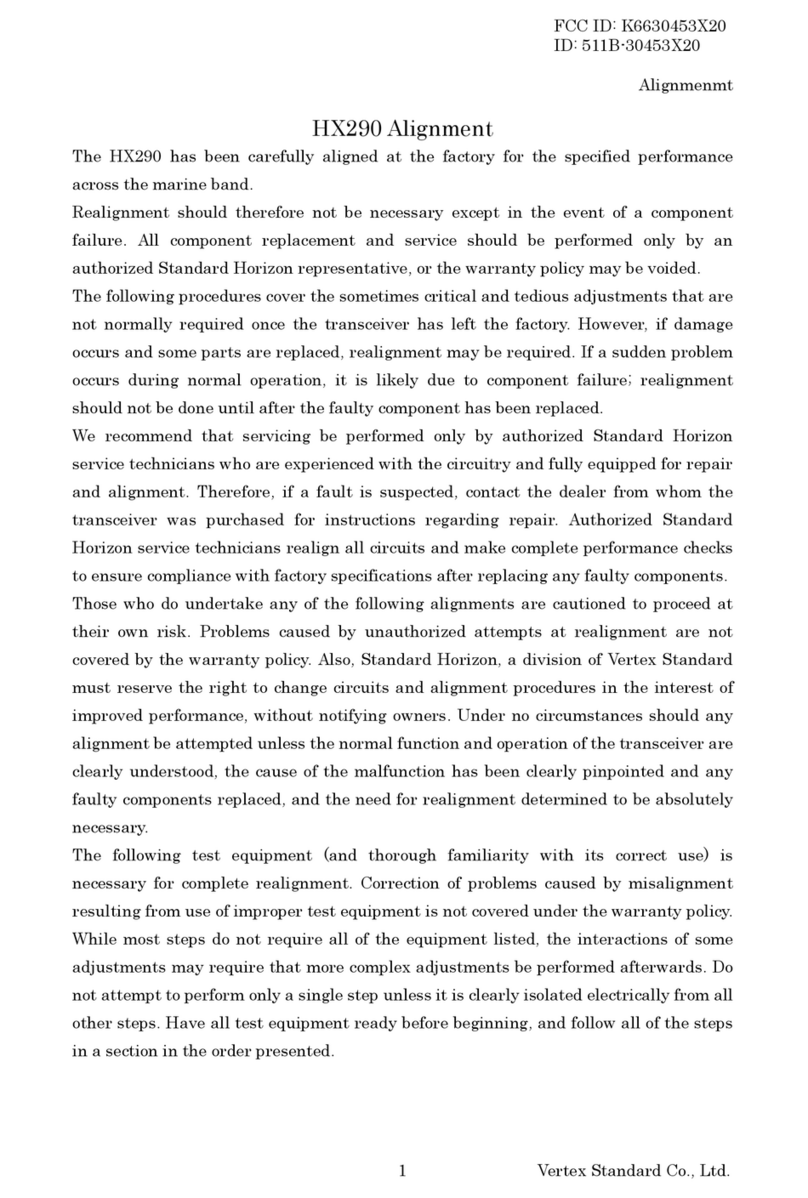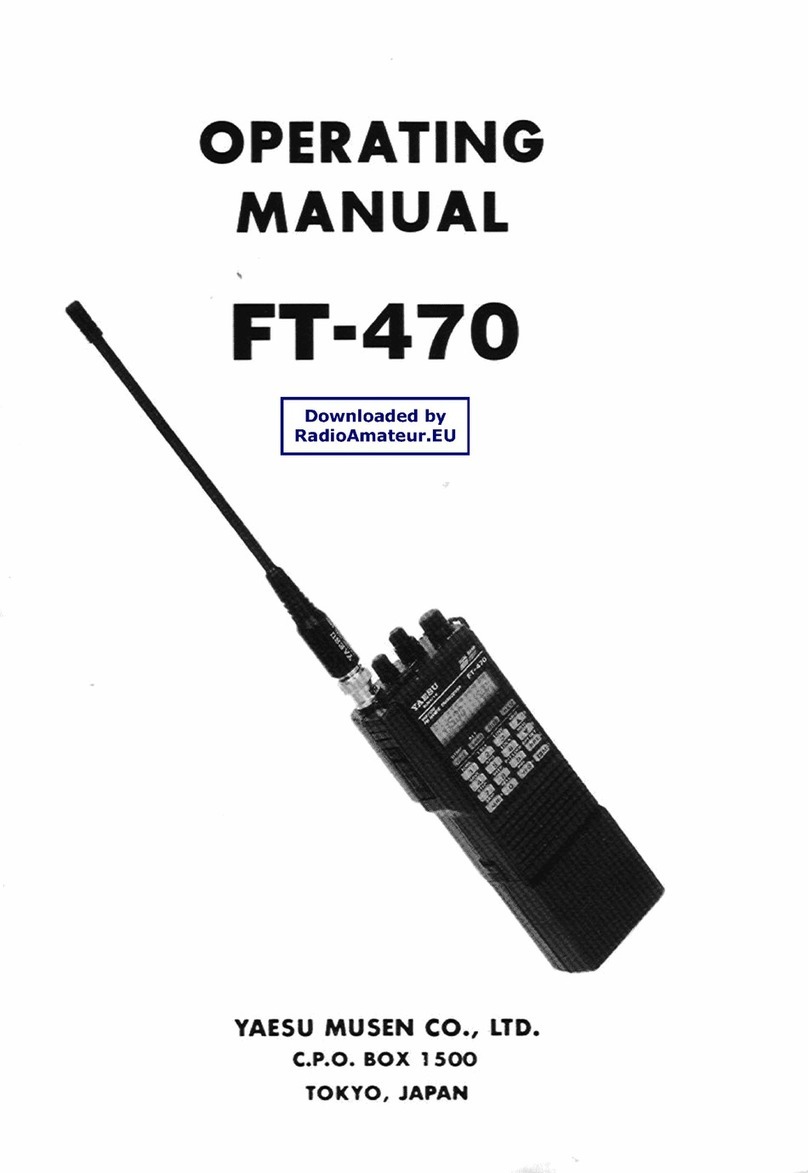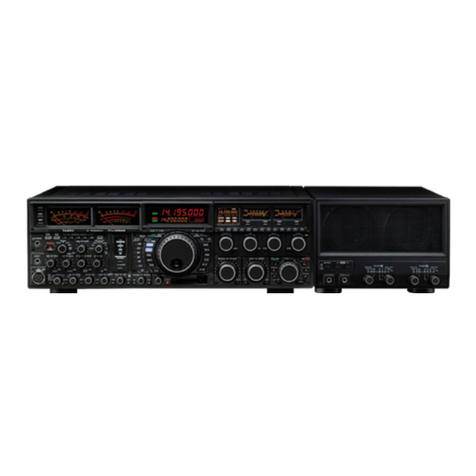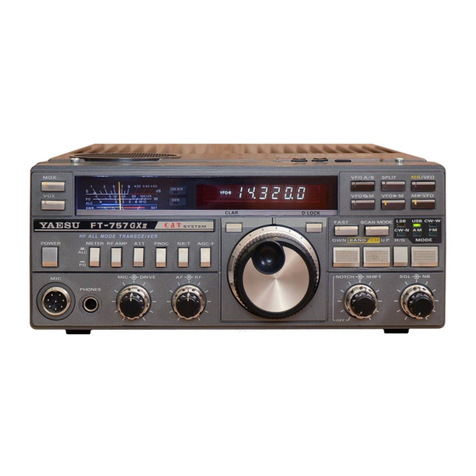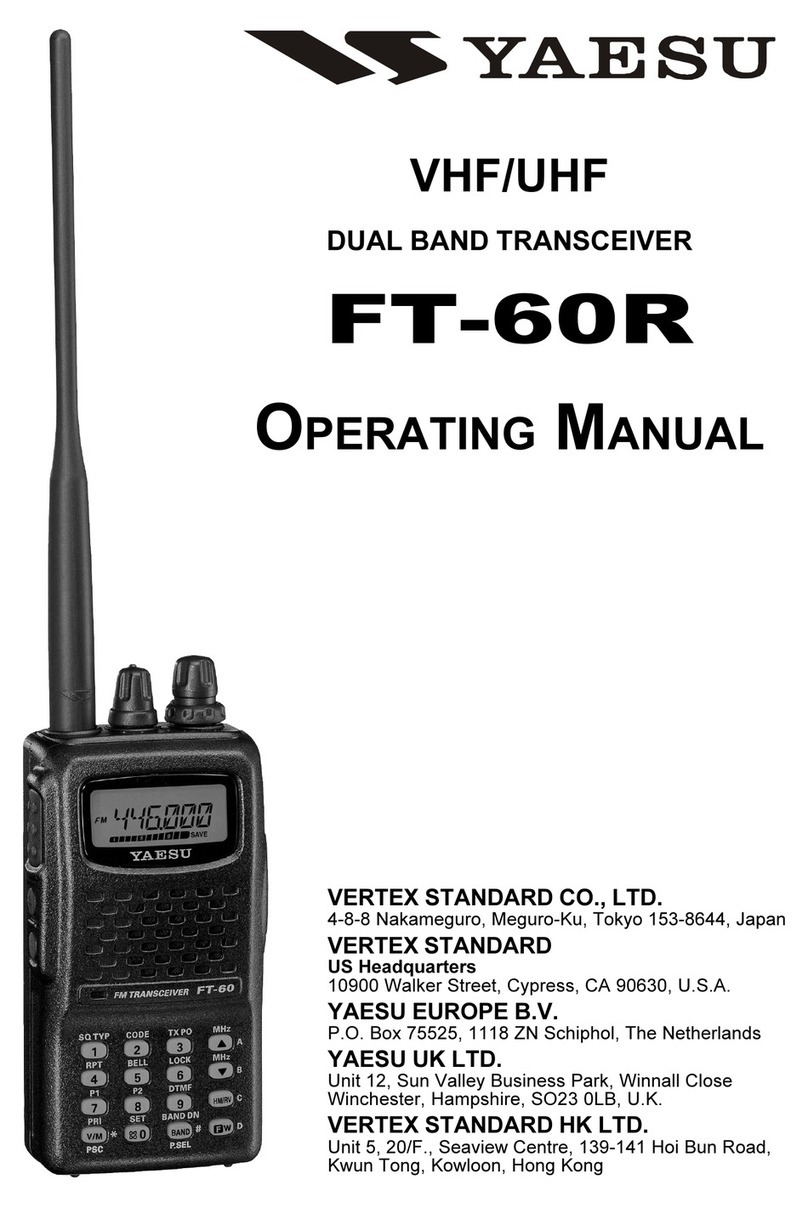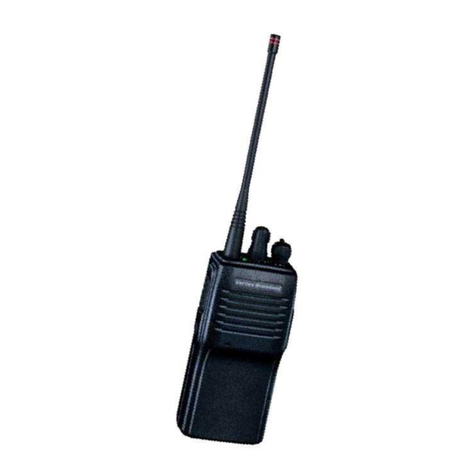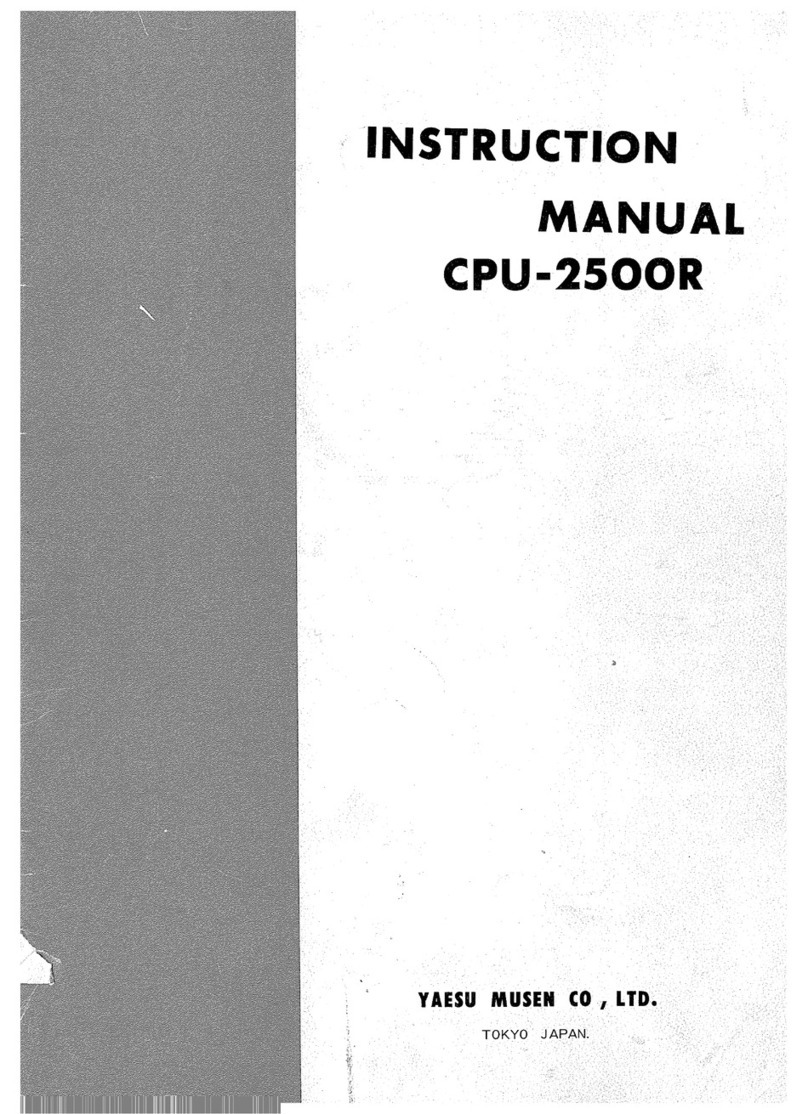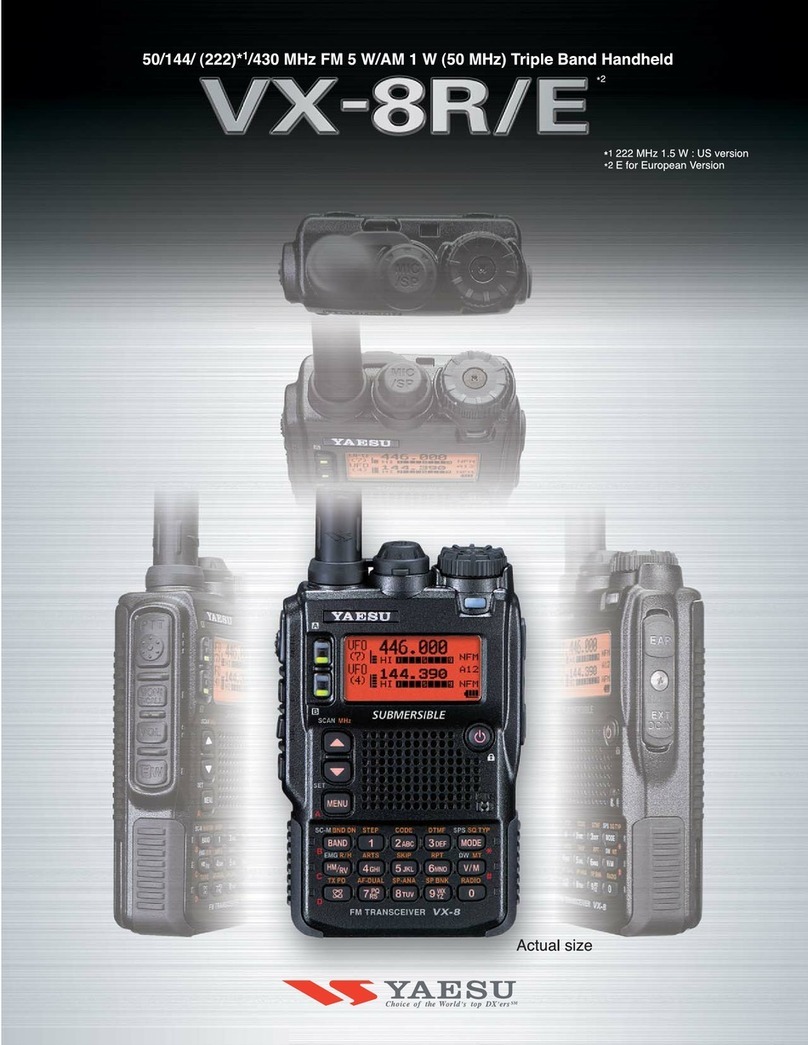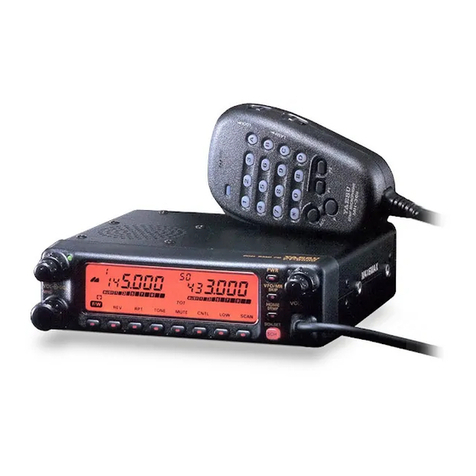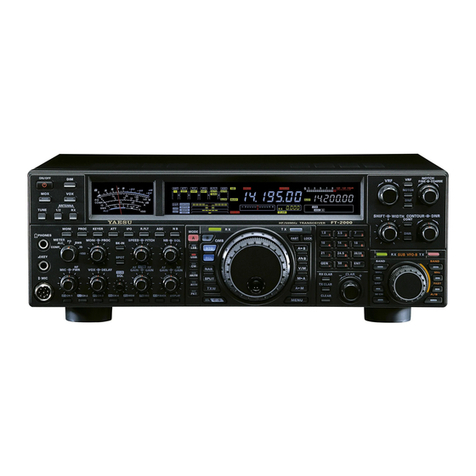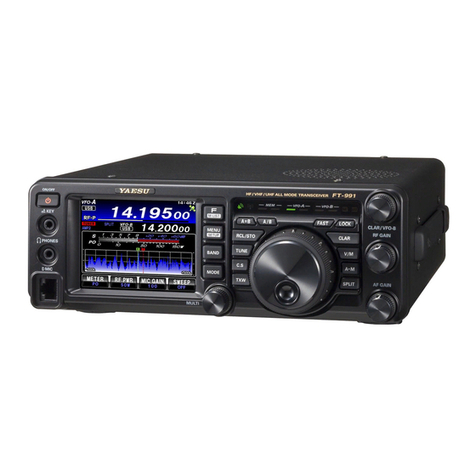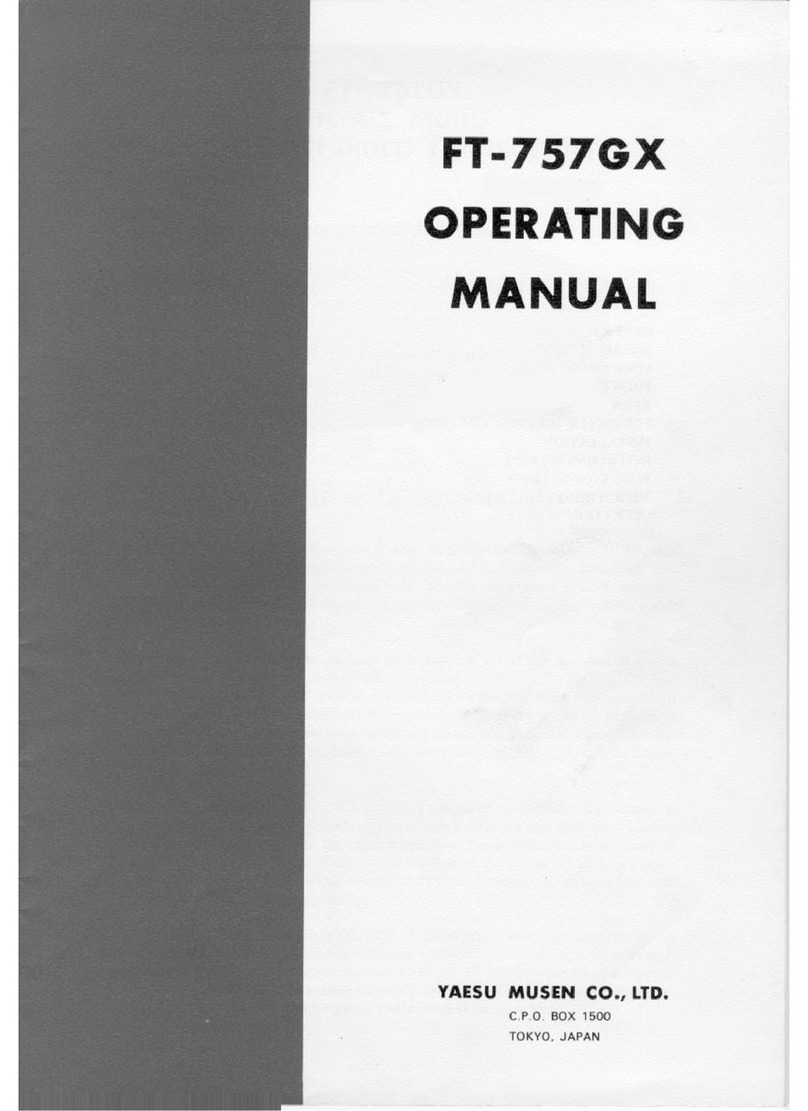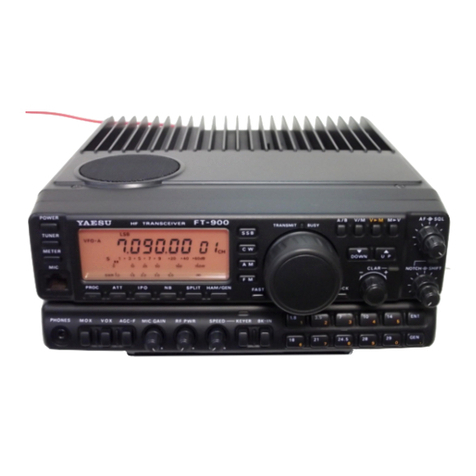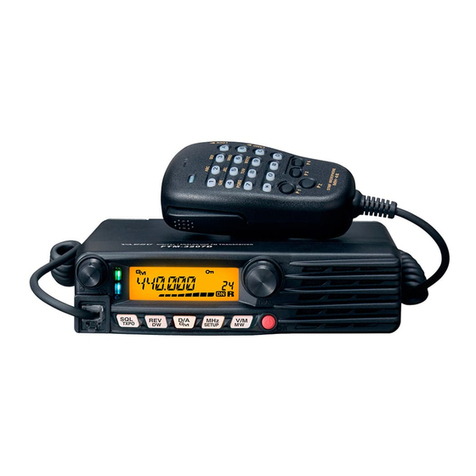
Contents
Important Notice! .......................................................... 1
Introduction ................................................................... 2
Accessories & Options ................................................ 3
Control & Connectors .................................................. 5
Top Panel ........................................................................... 5
Front Panel ......................................................................... 6
Side Panel .......................................................................... 7
Keypad ............................................................................... 8
LCD Display ...................................................................... 9
Before You Begin ........................................................ 10
Precautions ....................................................................... 10
Battery Installation and Removal .................................... 10
Battery Charging .............................................................. 11
Low Battery Indication .................................................... 12
Installing the FBA-25A Alkaline Battery Case ............... 13
Basic Operation .......................................................... 14
Preliminary Steps ............................................................. 14
Operation Quick Start ...................................................... 14
Squelch Adjustment ......................................................... 16
Accessing the 121.5 MHz Emergency Frequency ........... 16
Transmission .................................................................... 16
Flip-Flop Feature (Frequency Recall) ............................. 17
Advanced Operation .................................................. 18
Tuning Methods ............................................................... 18
Reception of Weather Channel Broadcasts ...................... 19
Monitor Key .................................................................... 20
ANL (Automatic Noise Limiter) Feature ........................ 20
LOCK Function ............................................................... 21
DIAL and []/[] key Swap Conguration .................. 21
Receive Battery Saver Setup ........................................... 22
Beep On/Off ..................................................................... 23
Changing the Channel Steps ............................................ 24
VOX Operation ................................................................ 25
Side Tone Feature ............................................................ 26
Timer Operation ............................................................... 27
Memory Operation ...................................................... 28
Memory System Operation .............................................. 28
Memory Storage .............................................................. 28
Recalling the Memories ................................................... 30
Deleting Memories .......................................................... 31
Scanning Operation ................................................... 32
Channel-Skip Scanning ................................................... 33
Dual Watch Operation ................................................ 34
Priority Dual Watch Operation .................................. 35
Split Operation ............................................................ 36
Programming a Transmit Frequency ............................... 36
Operating in the Split Mode ............................................ 37
Field Programming Mode .......................................... 38
CPU Resetting ............................................................. 39
Menu (“Set”) Mode ..................................................... 40
Specications ............................................................. 46
Troubleshooting ......................................................... 48
Book Memory Channel List ....................................... 49
NOTICE
There are no user-serviceable parts inside this
transceiver. All service jobs must be referred to
your Authorized Service Center.

